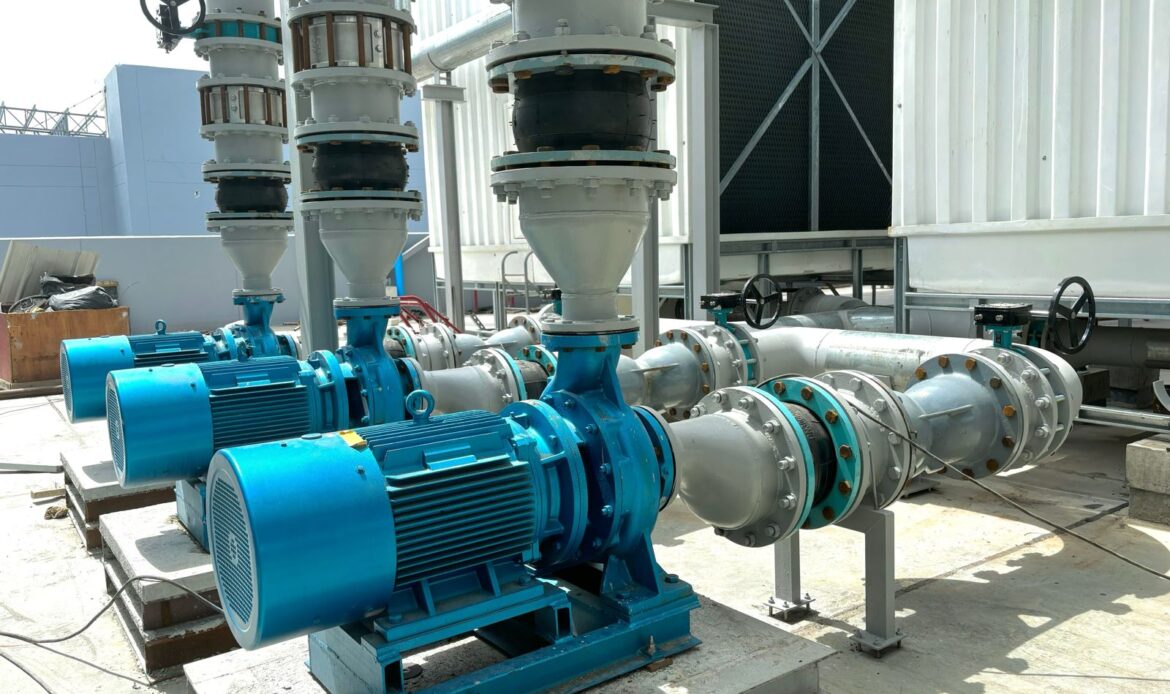
Did you know that pump failures cost industrial facilities an average of £35,000 per hour in downtime? Effective pump monitoring serves as the first line of defence against these costly breakdowns, allowing engineers to detect issues before they escalate into catastrophic failures.
Pumps represent the heart of most industrial operations, circulating essential fluids throughout manufacturing processes, water treatment systems, and power generation facilities. However, when these critical components fail unexpectedly, the consequences extend beyond repair costs to production losses, missed deadlines, and even safety hazards. Pump monitoring consequently becomes not just beneficial but essential for maintaining operational efficiency.
Modern pump monitoring techniques combine sensor technology with advanced analytics to provide real-time insights into equipment health. By tracking parameters such as vibration, temperature, flow rates, and power consumption, maintenance teams can spot developing problems and address them during scheduled downtime rather than during peak production periods.
This practical guide explores the fundamentals of pump monitoring systems, essential parameters to track, implementation strategies, and the tangible benefits for industrial engineers seeking to optimise their maintenance programmes and extend equipment lifespan.
Contents
What Is Pump Monitoring and Why It Matters
Pump failures account for approximately 5% of annual production capacity losses across industries. Unplanned equipment failures can exceed 40% of all unplanned outages, making effective monitoring essential for operational continuity. While this might seem like a minor concern, the financial implications can be substantial, particularly in critical industrial settings.
Definition of Pump Health Monitoring
Pump health monitoring refers to the systematic process of tracking and evaluating the operational condition of industrial pumps using advanced sensors, data collection methods, and analytical tools. This approach goes beyond basic oversight, allowing maintenance teams to gain precise insights into pump performance and potential issues before they manifest as failures.
Most monitoring systems track several key parameters:
- Vibration patterns and frequencies
- Temperature in bearings and motors
- Pressure and flow rates
- Motor current and electrical signatures
- Acoustic signatures for leak detection
Notably, modern monitoring technologies can achieve up to 95% accuracy in predicting pump failures, sometimes as far as a year in advance. This level of foresight transforms how maintenance teams approach equipment management, shifting from guesswork to data-driven decision making.
Impact on Equipment Reliability and Uptime
Pump monitoring directly enhances equipment reliability through early fault detection. According to industry data, a properly deployed predictive maintenance programme can yield a return on investment as high as 10X and increase production by 20-25%. Furthermore, adopting a predictive maintenance approach can effectively cut maintenance costs in half while significantly reducing overall downtime.
Monitoring creates what engineers call a “PF interval”—the time between potential failure detection and functional failure—which gives maintenance personnel time to plan repairs, gather resources, and schedule maintenance during planned downtime instead of emergency situations. This strategic advantage eliminates “fire drills” and rushed temporary fixes that often lead to recurring problems.
Additionally, pump monitoring helps maintain operations at the Best Efficiency Point (BEP), ensuring optimal performance while minimising energy consumption and operational costs. This optimisation extends equipment lifespan by preventing the accelerated wear that occurs when pumps operate outside their intended parameters.
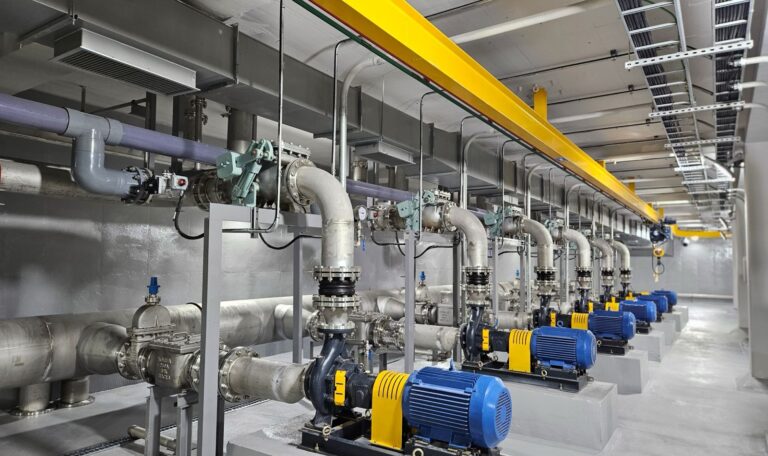
Role in Preventive and Predictive Maintenance
Pump monitoring serves as the cornerstone of effective predictive maintenance strategies. Unlike reactive maintenance (fixing after failure) or preventive maintenance (fixed-interval servicing regardless of condition), predictive maintenance uses real-time data to determine precisely when intervention is needed.
The approach relies on continuous surveillance—what some engineers call “round-the-clock vigilance” that catches issues whenever they emerge. High-frequency sensors measuring vibration, current, or pressure can detect failure modes like bearing wear, motor rotor bar defects, and pump cavitation events much earlier than conventional low-frequency sensors used for basic machine control.
Modern AI-powered monitoring systems can forecast a pump’s health into the future based on collected data, enabling better resource allocation and more accurate repair decisions. This proactive stance eliminates unnecessary component replacements while ensuring timely intervention for genuinely problematic equipment.
Overall, pump monitoring bridges the gap between theoretical maintenance schedules and actual equipment needs, creating a data-driven approach that improves reliability, extends asset life, and optimises maintenance resources.
Key Parameters Tracked in Pump Monitoring Systems
Effective identification of pump issues requires monitoring specific parameters that serve as early indicators of developing problems. Industrial engineers who understand these key metrics can detect faults months before catastrophic failures occur, saving considerable time and resources.
Vibration Patterns and Bearing Wear Detection
Vibration analysis stands as the cornerstone of pump health monitoring, providing invaluable insights into mechanical conditions. Abnormal vibration patterns directly indicate issues such as misalignment, imbalance, or bearing wear at an early stage. Through frequency analysis, different vibration ranges reveal specific problems:
- Low-frequency vibrations often suggest lubrication problems
- Mid to high-frequency vibrations indicate potential impeller or drive motor issues
- Very high-frequency vibrations signal imminent piping faults or pump cavitation
Bearing wear detection through vibration monitoring can identify problems up to a year in advance. Modern sensors employ accelerometers that continuously measure vibration, with MEMS sensors proving cost-effective for frequencies below 1,000 Hz, while piezoelectric sensors better detect higher-frequency issues related to bearings and gear mesh.
Temperature Trends in Bearings and Motors
Temperature monitoring serves as a critical indicator of pump health. Bearing temperature standards typically specify that temperatures should not exceed 80°C, with rises generally limited to 35-40°C above ambient temperature. Exceeding these thresholds significantly reduces bearing lifespan—temperatures consistently above 125°C will dramatically shorten operational life.
Temperature trend analysis provides early warnings of developing anomalies, with Fourier Transform-based predictive diagnostic algorithms proving effective for rotating equipment. Thermal conditions that deviate from established baselines may indicate:
- Insufficient or excessive lubrication
- Contaminants within lubricants
- Excessive loads or damage to bearing rings
- Insufficient bearing clearance
Flow Rate and Pressure Deviation Alerts
Monitoring flow rates and pressure ensures pumps operate within intended parameters. Most engineers select pumps to operate at 80-110% of their Best Efficiency Point (BEP). Deviations from normal ranges often indicate developing problems such as clogs, leaks, or component wear.
Pressure monitoring at both inlet and outlet sides helps prevent critical situations. Low suction pressure can lead to cavitation—a destructive phenomenon creating bubbles within the fluid that generate heat and vibration. Meanwhile, discharge pressure variations might indicate impeller issues or system blockages.
Leakage Detection Using Acoustic Sensors
Acoustic emission technology offers exceptional leak detection capabilities with 99% classification accuracy for various pinhole-sized leaks. These systems detect the distinctive sounds generated when fluid escapes through pressurized pipes.
Acoustic sensors capture sound signatures primarily in the 0-2 kHz range, with advanced signal processing techniques filtering ambient noise. Implementation methods include:
- Noise loggers placed strategically throughout systems
- Wireless sensor networks for continuous monitoring
- Cross-correlation techniques for precise leak location
The sound generated by leaks results from turbulence and cavitation bubbles where fluid exits the pipe, creating unique acoustic patterns distinguishable from normal operation.
Motor Load and Electrical Imbalance Monitoring
Motor power consumption provides direct insight into pump mechanical conditions. As the driving force behind pumps, motors reflect changes in the system they operate—increased power demand often indicates mechanical issues, while decreased consumption might signal running dry.
Power monitoring uses the formula P = √3 × I × V × COSꝋ to calculate actual work performed. This measurement proves more sensitive than current monitoring alone, especially at light loads where power is 10 times more responsive than amperage.
Motor load controls employ built-in relays that trigger when consumption exceeds or falls below predetermined thresholds, protecting both the motor and pump from damage. Response times vary by system type, with fast-response load controls reacting in as little as 25 milliseconds.
How to Implement a Monitoring Strategy in Your Facility
Implementing an effective pump monitoring strategy requires a systematic approach focused on resource optimization. Without proper planning, even the most advanced monitoring equipment can fail to deliver its full value. Follow these structured steps to create a monitoring program that enhances reliability while managing costs effectively.
Identifying Critical Pump Assets
Initially, conduct an asset criticality assessment to determine which pumps demand comprehensive monitoring. Industry best practices suggest focusing on the 20% most critical assets that represent the greatest operational risk. For instance, in power generation, a single day of unscheduled downtime can result in lost opportunity costs exceeding £120,000.
When evaluating pump criticality, consider:
- Direct impact on production output and throughput
- Safety implications of potential failures
- Environmental consequences of malfunction
- Whether the pump represents a single point of failure
- Repair costs and replacement timeframes
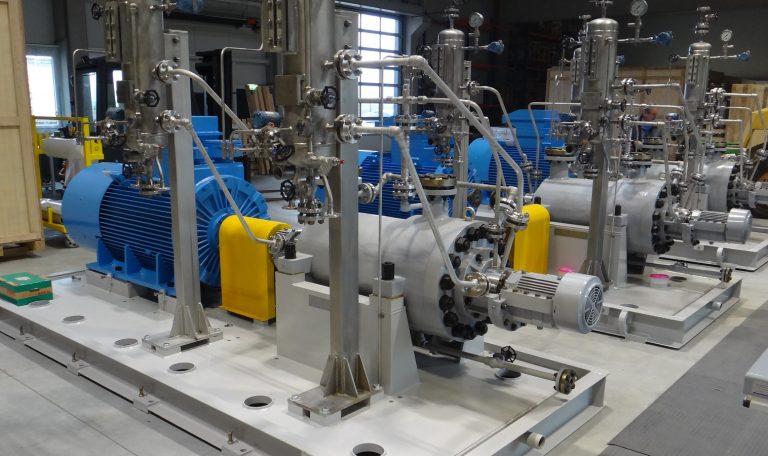
These assessments help maintenance teams allocate resources where they’ll deliver the greatest return on investment rather than monitoring every pump indiscriminately.
Choosing Between Wireless and Handheld Sensors
The selection between wireless and handheld monitoring tools depends primarily on accessibility, criticality, and monitoring frequency requirements. Wireless sensors prove ideal for remote or hard-to-reach pumps, equipment in hazardous environments, and assets requiring continuous monitoring. Conversely, handheld tools work best for periodic assessments of less critical equipment.
Wireless systems eliminate the need for extensive cabling infrastructure while providing continuous data collection. Nevertheless, battery life constraints may limit measurement frequency. For high-speed machinery or applications requiring broad frequency response above 10 kHz, wired piezoelectric sensors typically offer superior performance.
Integrating with Existing Maintenance Systems
To maximize value, integrate pump monitoring with existing maintenance management platforms. Modern wireless systems connect via cellular networks to cloud-based platforms, enabling seamless data flow without requiring local servers. This approach substantially reduces cybersecurity risks associated with conventional route-based data collection methods.
Setting Alarm Thresholds and KPIs
Essentially, effective monitoring hinges on establishing appropriate alarm thresholds. Many systems use statistical methods—setting alert levels at two standard deviations from mean vibration values and danger alarms at three standard deviations. This approach minimizes false alarms while ensuring genuine issues receive prompt attention.
In addition to technical parameters, develop Key Performance Indicators (KPIs) that align with business objectives. These might include mean time between failures, energy efficiency metrics, or maintenance cost reductions—providing quantifiable evidence of your monitoring programme’s success.
Benefits of Pump Monitoring for Industrial Engineers
The financial impact of implementing pump monitoring extends far beyond simple maintenance improvements. A strategic investment in monitoring technology delivers substantial returns across multiple operational facets.
Reduced Unplanned Downtime and Repair Costs
The cost implications of pump failures are staggering, with offshore organisations experiencing unplanned downtime costs averaging £38 million annually—reaching up to £88 million for poorly maintained facilities . Through predictive maintenance enabled by comprehensive monitoring, companies in the oil and gas sector reduce downtime by 36%, resulting in annual savings of approximately £34 million. Moreover, manufacturing plants implementing pump monitoring systems report maintenance cost reductions of up to 25%.
Extended Equipment Lifespan
Pumps operating consistently away from their Best Efficiency Point (BEP) experience accelerated fatigue due to increased loads on shafts and bearings. Accordingly, continuous monitoring helps maintain optimal operational parameters, substantially extending asset longevity. By identifying early warning signs such as bearing wear, flow deviations, or electrical imbalances, maintenance teams intervene before minor issues escalate into component-destroying failures. Furthermore, proactive condition monitoring minimises wear and tear, maximising return on equipment investments.
Improved Safety and Environmental Compliance
Pump malfunctions potentially create serious hazards including leaks, fires, or explosions . Subsequently, monitoring systems that provide real-time alerts allow rapid response to developing safety concerns. At the same time, monitoring prevents environmental incidents by detecting seal failures or pressure anomalies before containment breaches occur.
Data-Driven Maintenance Scheduling
Most importantly, pump monitoring transforms maintenance from calendar-based guesswork to precision scheduling based on actual equipment conditions . This approach enables maintenance during planned downtime rather than emergency situations, optimising resource allocation. Through continuous collection of operational data—including flow rates, pressure levels, and vibration patterns—maintenance teams receive actionable insights that reduce unnecessary component replacements while ensuring timely intervention for genuinely problematic equipment.
Effective pump monitoring represents a cornerstone of modern industrial maintenance practises, offering substantial returns on investment for facilities across sectors. Throughout this guide, we explored how proper monitoring techniques detect problems months before catastrophic failures occur, saving facilities the average £35,000 per hour downtime costs while extending equipment lifespans significantly.
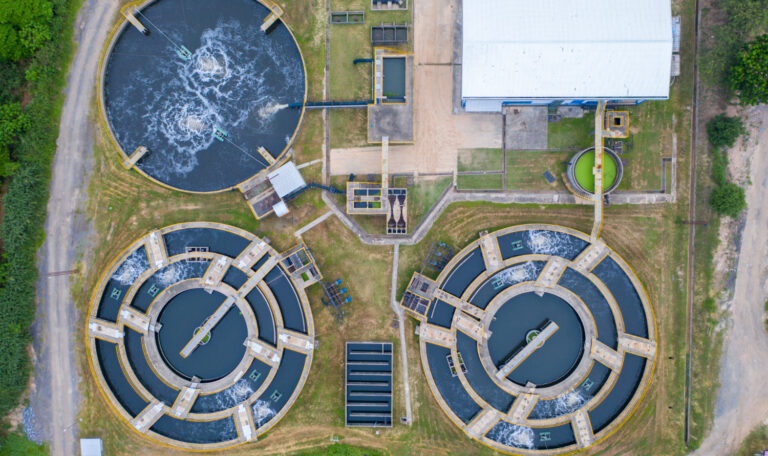
Parameter tracking forms the foundation of any successful monitoring programme. Vibration analysis, temperature monitoring, flow rate assessment, acoustic leak detection, and electrical load measurement work together to create a comprehensive picture of pump health. These measurements, when properly analysed, provide maintenance teams with actionable intelligence rather than mere data points.
Four primary monitoring techniques stand out as particularly valuable for industrial engineers. Vibration analysis with accelerometers can identify developing issues up to 18 months before failure occurs. Oil analysis reveals lubrication problems that might otherwise remain hidden. Ultrasonic testing detects internal defects invisible to the naked eye. Infrared thermography completes the picture by mapping heat patterns that signal potential failures.
Practical implementation requires thoughtful planning focused on critical assets. Many facilities achieve optimal results by concentrating on the 20% of pumps that represent the greatest operational risk. After identifying these assets, engineers must select appropriate monitoring tools—wireless sensors for continuous monitoring of critical equipment and handheld devices for periodic assessment of less crucial pumps.
The benefits of pump monitoring extend beyond mere cost savings. Reduced unplanned downtime, lower repair expenses, extended equipment lifespans, enhanced safety, improved environmental compliance, and data-driven maintenance scheduling all contribute to operational excellence. Companies implementing comprehensive monitoring programmes report maintenance cost reductions up to 25% alongside substantial improvements in equipment reliability.
Manufacturing facilities that embrace pump monitoring position themselves advantageously against competitors still relying on reactive maintenance approaches. The shift from calendar-based servicing to condition-based maintenance represents not simply a technological upgrade but a fundamental transformation in how industrial operations manage critical assets.
The future of industrial pump monitoring looks particularly promising as technologies continue advancing. Machine learning algorithms will soon interpret monitoring data with even greater accuracy, potentially eliminating false alarms while catching subtle failure indicators human analysts might miss. Regardless, the core principle remains unchanged—detecting problems early saves money, extends equipment life, and prevents catastrophic failures.
Pump monitoring, therefore, proves not merely beneficial but essential for modern industrial operations seeking operational excellence and competitive advantage in increasingly demanding markets.





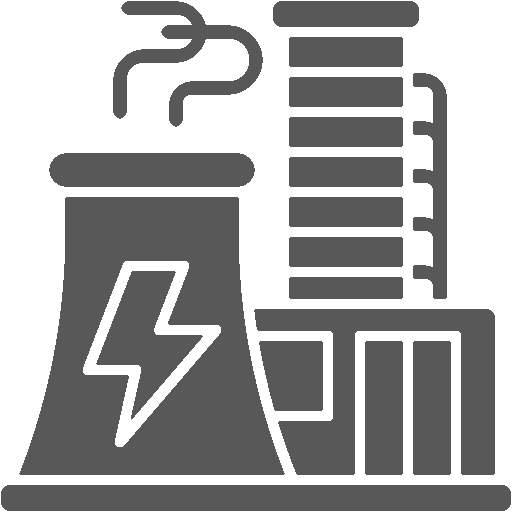
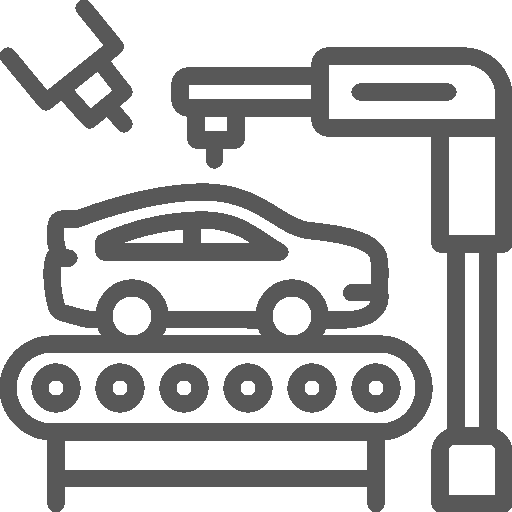
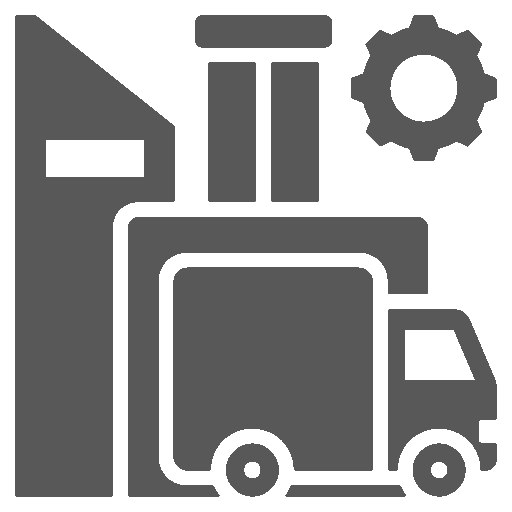

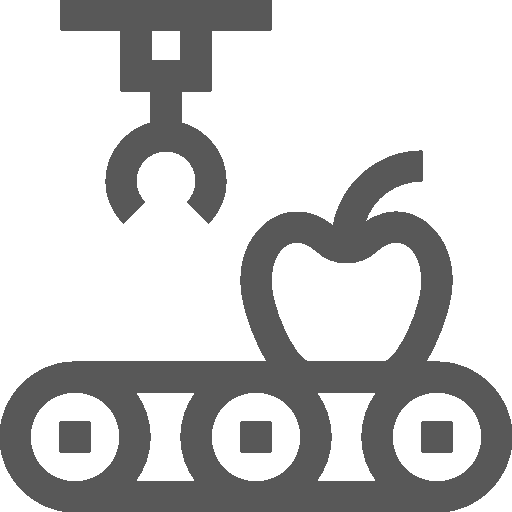
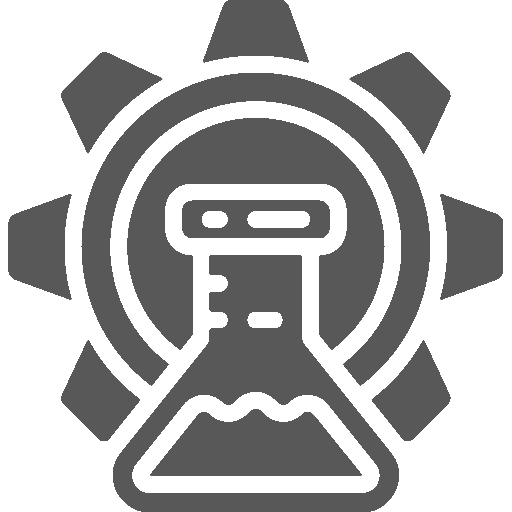
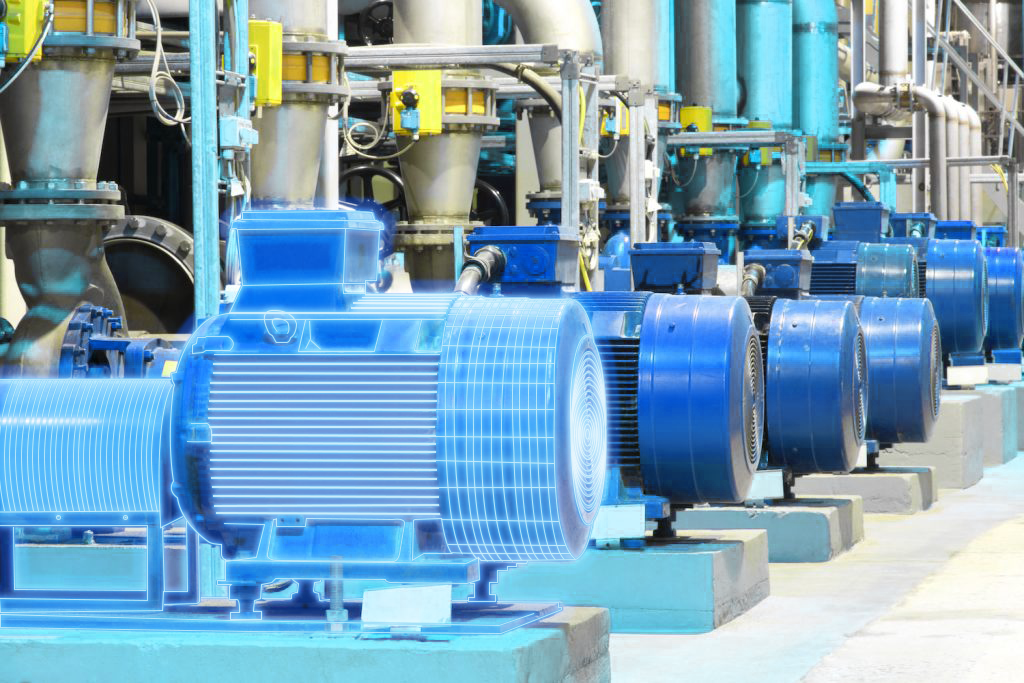
 White Papers
White Papers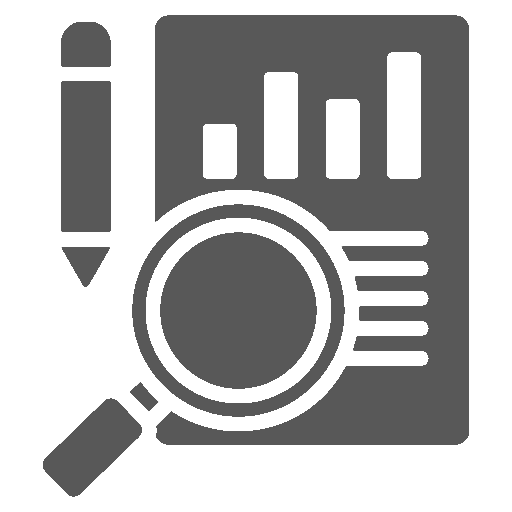 Case Study
Case Study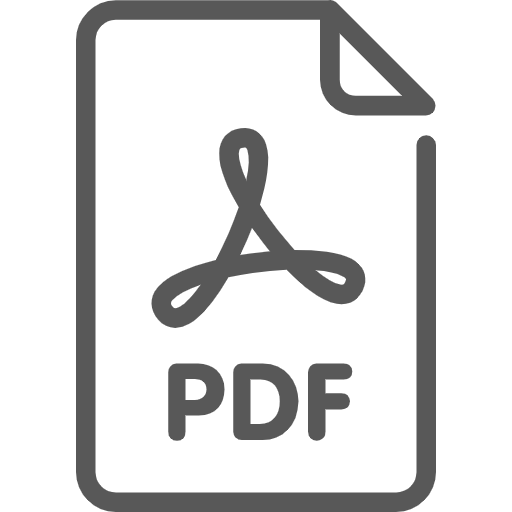 Documents
Documents Webinars
Webinars Events
Events ROI Calculator
ROI Calculator FAQ
FAQ